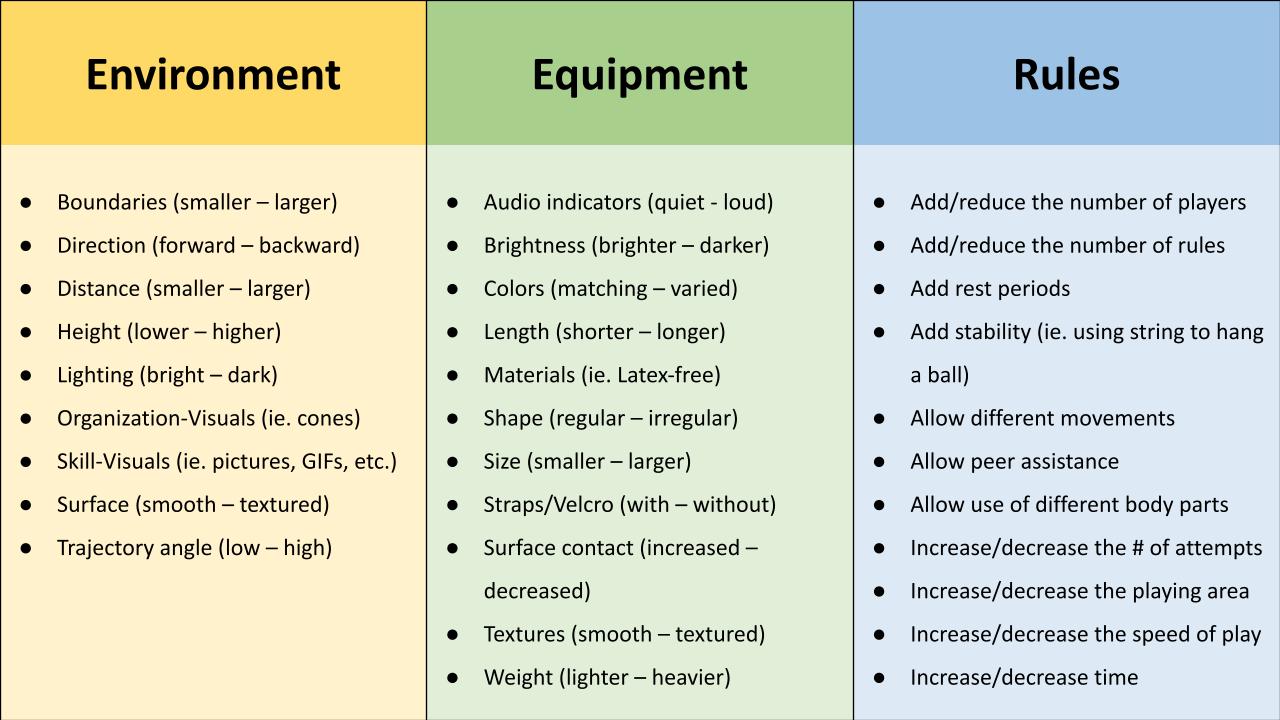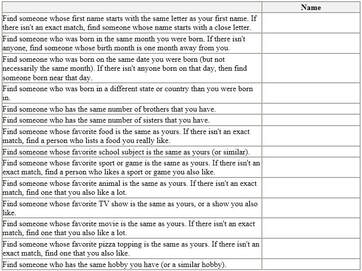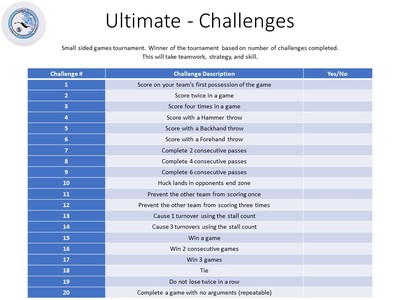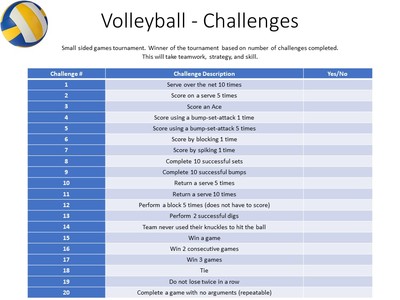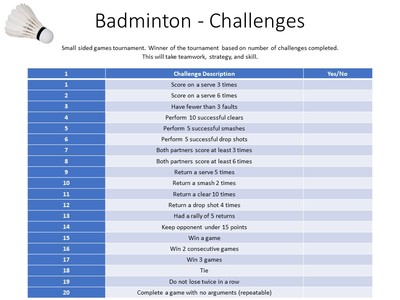General Strategies
Below are effective teaching strategies that can be used in physical education that align with and supplements SHAPE America's Appropriate Practices (app versions below). We suggest that when trying to improve your teaching practices, start small with 1 or 2 strategies and build from there. Trying to do too much can become overwhelming and detract from your lesson.
